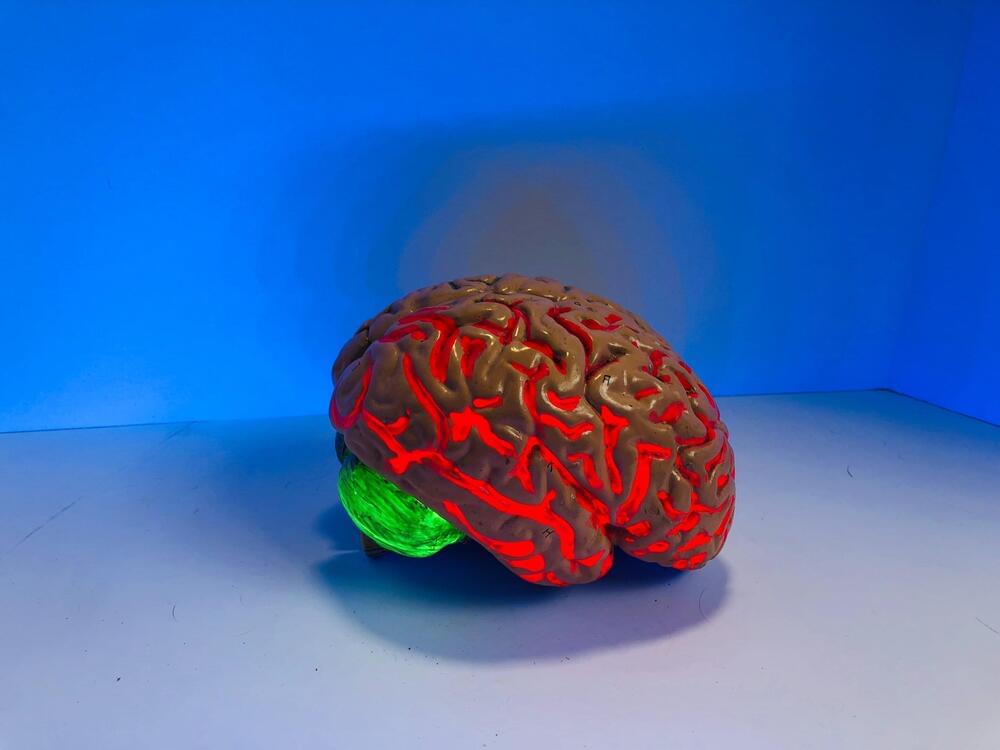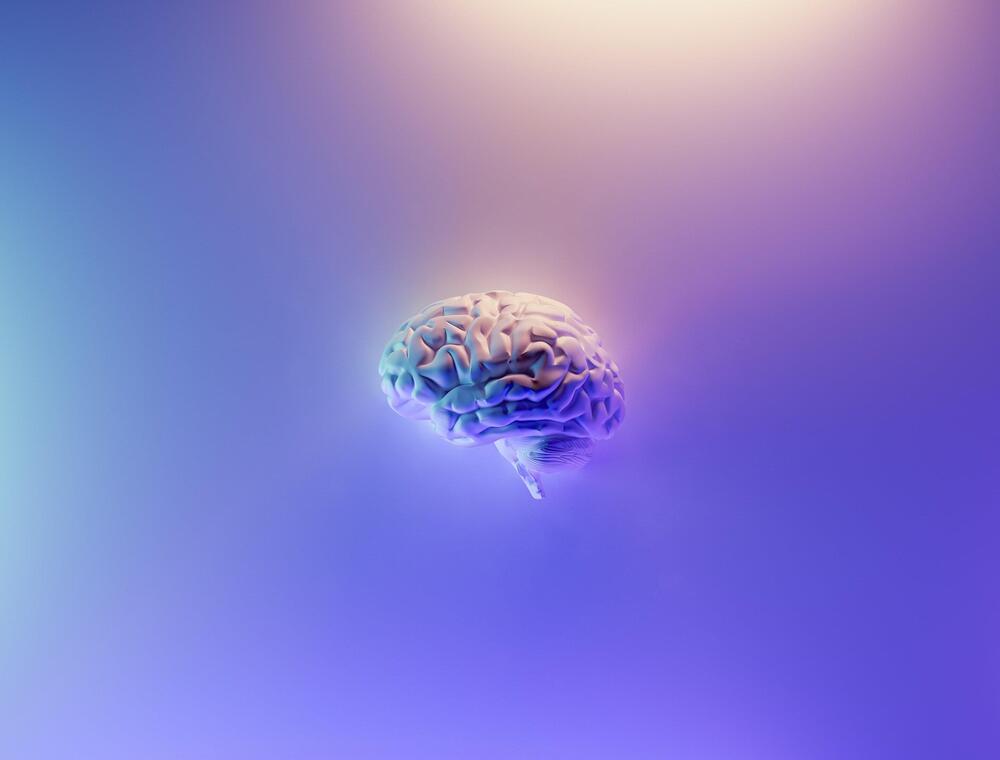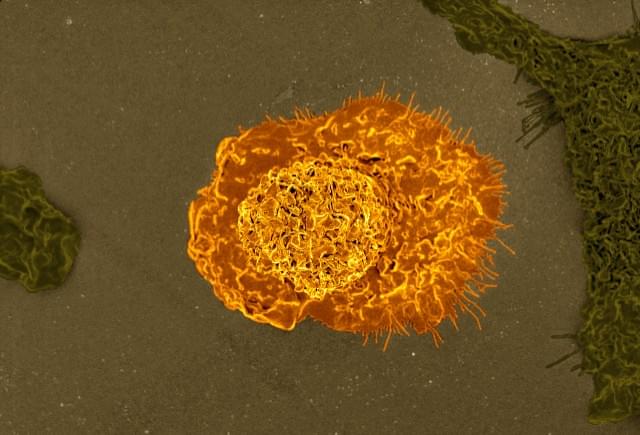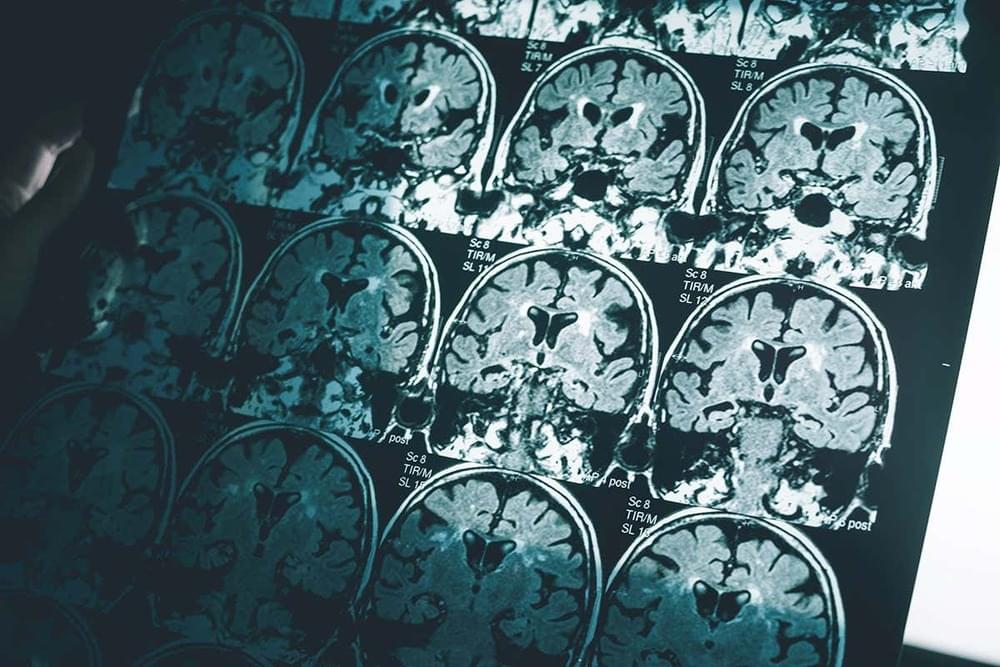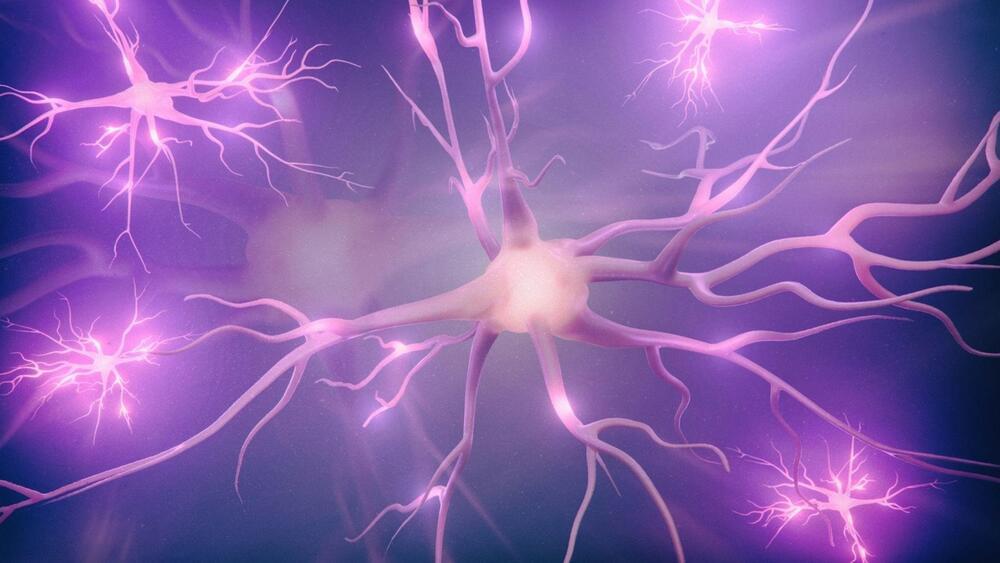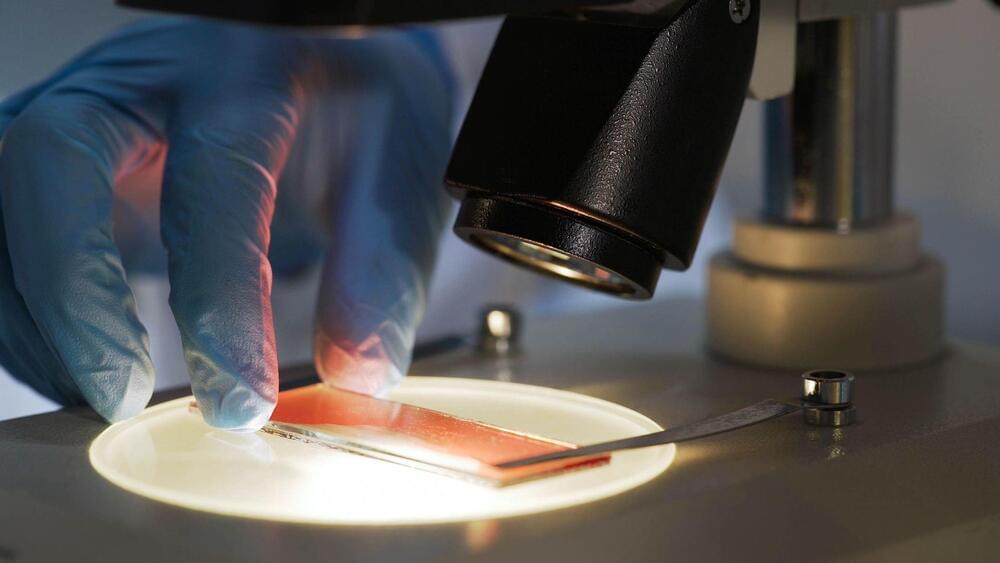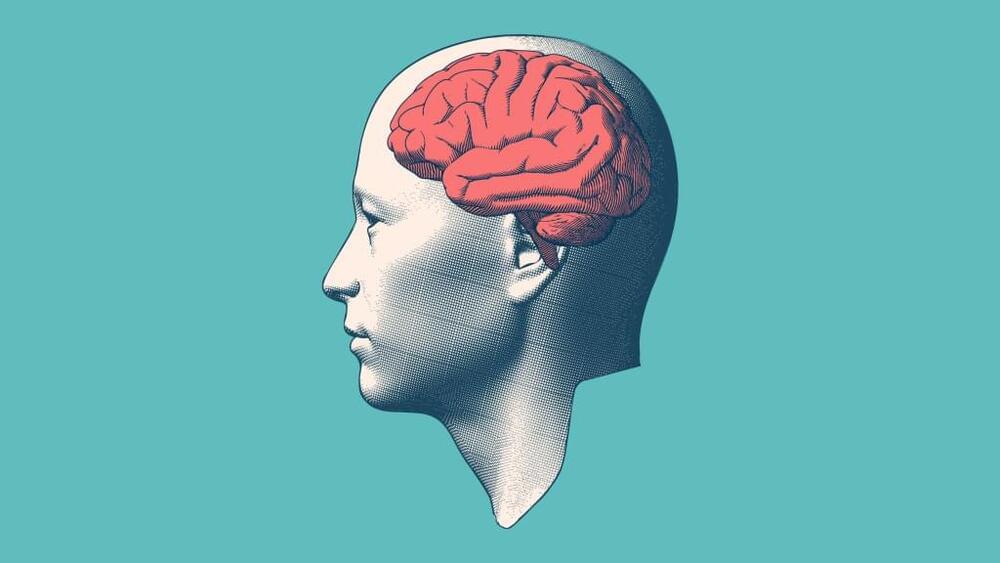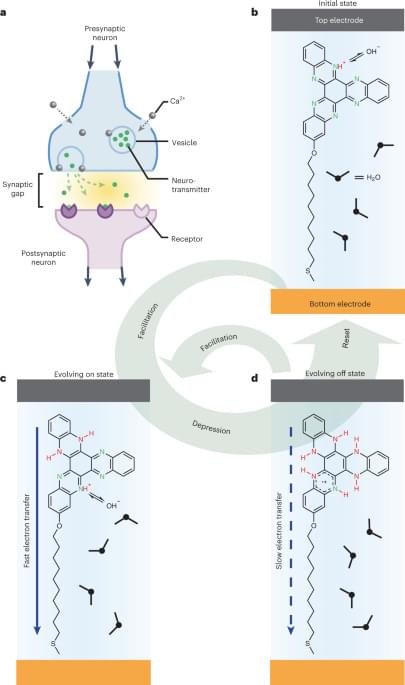Never miss a talk! SUBSCRIBE to the TEDx channel: http://bit.ly/1FAg8hB
Mathematics and sex are deeply intertwined. From using mathematics to reveal patterns in our sex lives, to using sex to prime our brain for certain types of problems, to understanding them both in terms of the evolutionary roots of our brain, Dr Clio Cresswell shares her insight into it all.
Dr Clio Cresswell is a Senior Lecturer in Mathematics at The University of Sydney researching the evolution of mathematical thought and the role of mathematics in society. Born in England, she spent part of her childhood on a Greek island, and was then schooled in the south of France where she studied Visual Art. At eighteen she simultaneously discovered the joys of Australia and mathematics, following on to win the University Medal and complete a PhD in mathematics at The University of New South Wales. Communicating mathematics is her field and passion. Clio has appeared on panel shows commenting, debating and interviewing; authored book reviews and opinion pieces; joined breakfast radio teams and current affair programs; always there highlighting the mathematical element to our lives. She is author of Mathematics and Sex.
TEDxSydney is an independently organised event licensed from TED by longtime TEDster, Remo Giuffré (REMO General Store) and organised by his General Thinking network of fellow thinkers and other long time collaborators.
TEDxSydney has become the leading platform and pipeline for the propagation of Australian ideas, creativity, innovation and culture to the rest of the world.
In the spirit of ideas worth spreading, TEDx is a program of local, self-organized events that bring people together to share a TED-like experience. At a TEDx event, TEDTalks video and live speakers combine to spark deep discussion and connection in a small group. These local, self-organized events are branded TEDx, where x = independently organized TED event. The TED Conference provides general guidance for the TEDx program, but individual TEDx events are self-organized.* (*Subject to certain rules and regulations)
